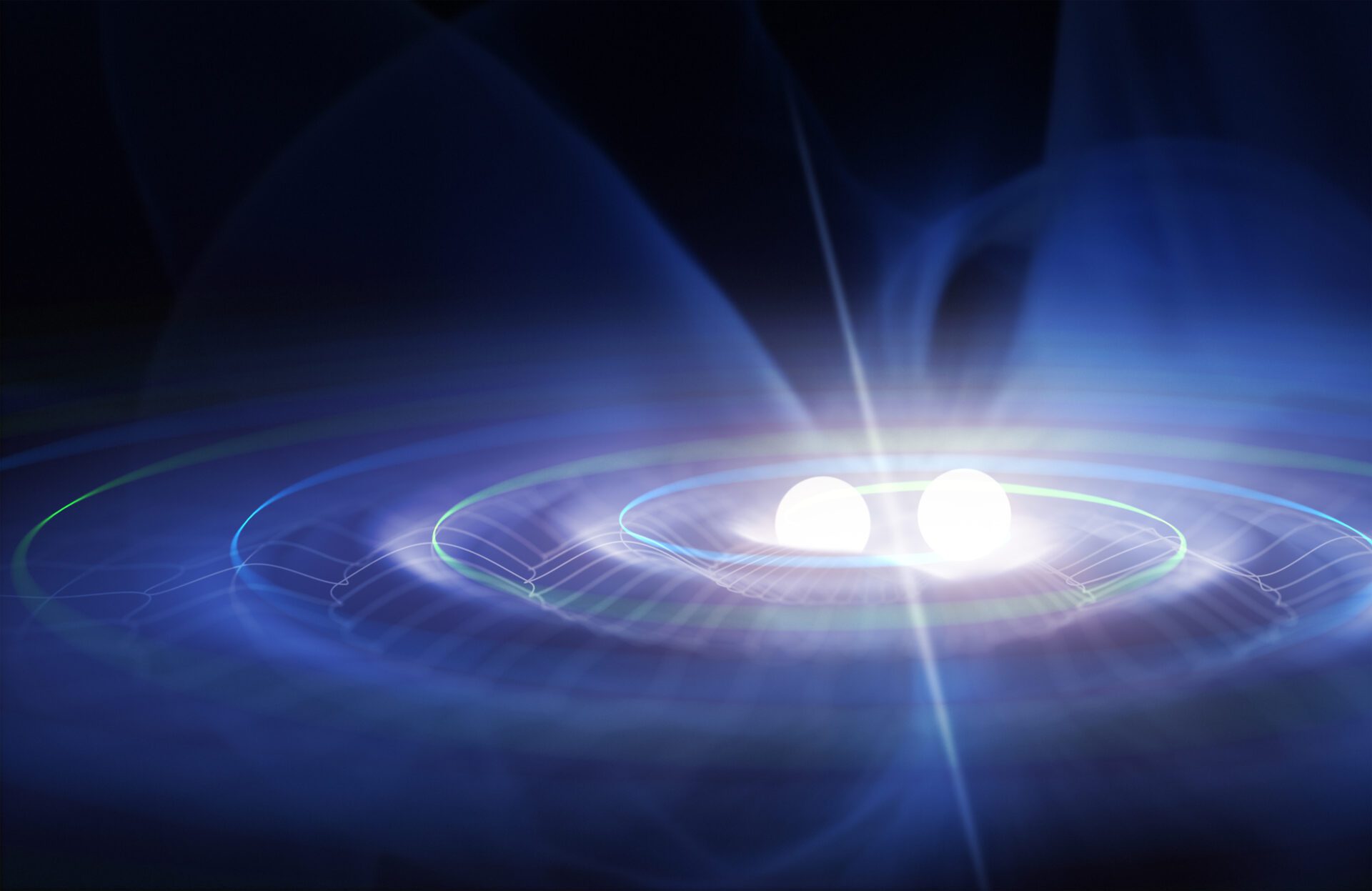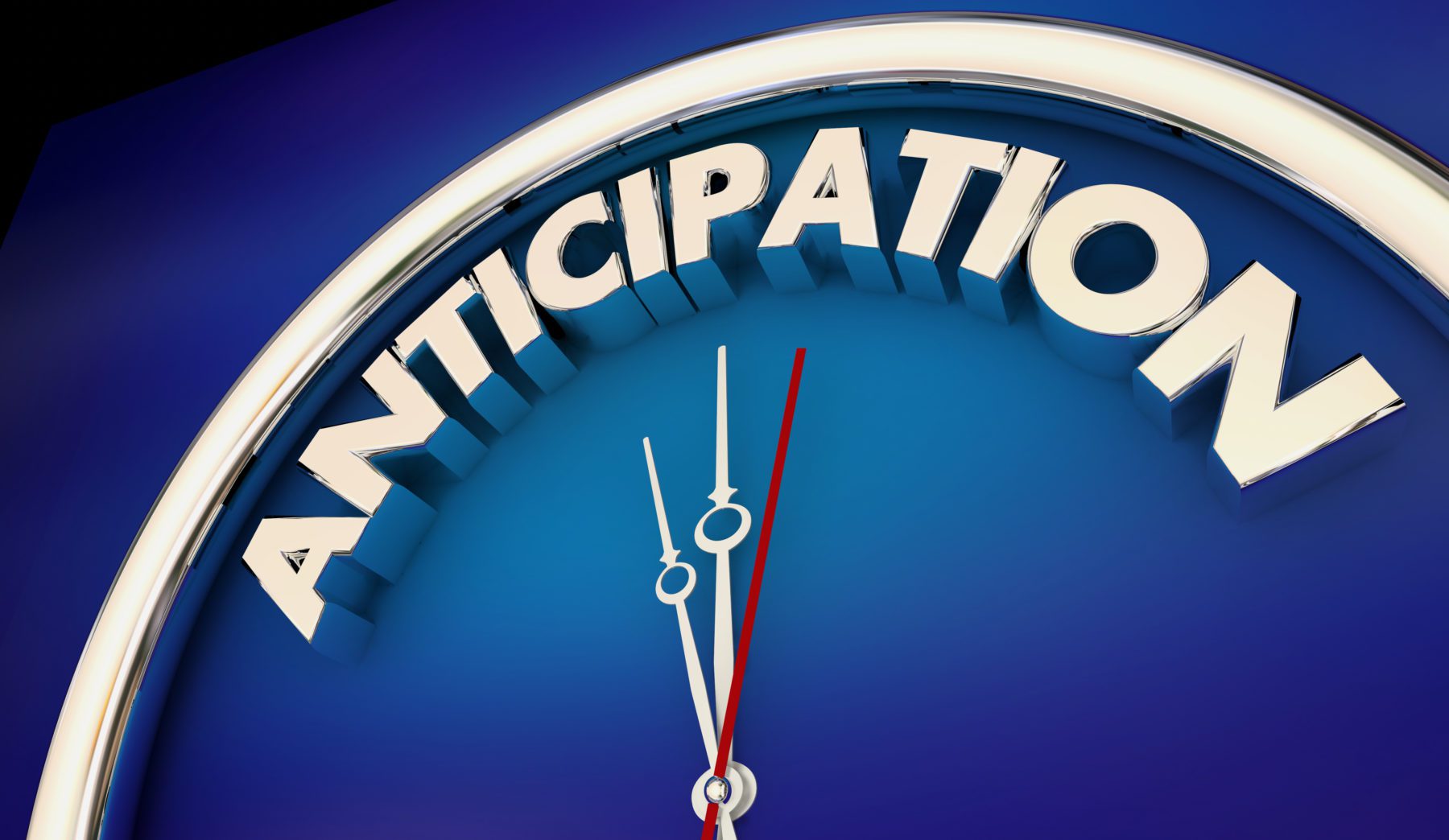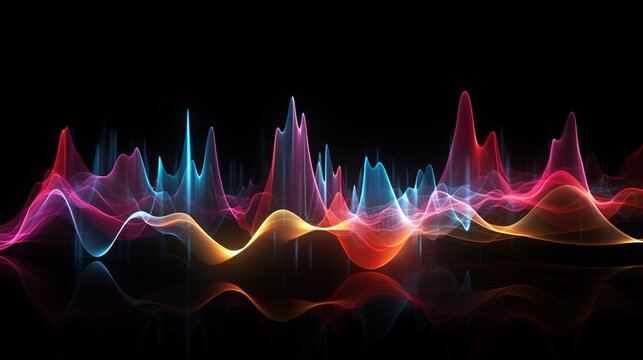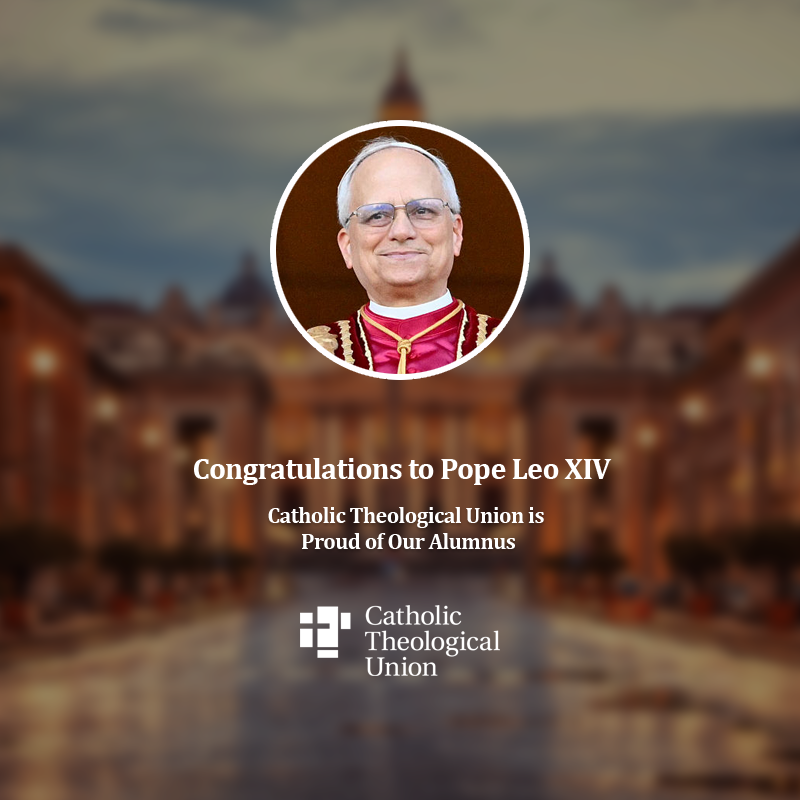Possible Preaching Themes
Possible Scientific Resources
- The wise men used science/observation/reason to find Jesus. This is different from the Jewish use of prophecy and Messianic expectation. It is, even today, an important way of coming to know God.
- The design of the universe gives evidence of a Creator. If the sizes, electric charges, or properties of the smallest bits of matter were any different, then our universe would not be able to exist.
- Christ is often revealed to us in unexpected ways, “in the background.” When we take the time to examine what has seemingly always been there, we sometimes come face to face with God.
- The fine-tuned universe:
- A short video on the topic https://www.youtube.com/watch?v=EE76nwimuT0
- https://www.discovery.org/m/securepdfs/2018/12/List-of-Fine-Tuning-Parameters-Jay-Richards.pdf
- longer encyclopedic article on the topic https://plato.stanford.edu/entries/fine-tuning/
- Does fine tuning say anything about God https://biologos.org/common-questions/what-do-fine-tuning-and-the-multiverse-say-about-god
- The unexpected discovery of the Cosmic Microwave Background Radiation:
- https://www.aps.org/publications/apsnews/200207/history.cfm
- A short video on TV static as coming from the big ban https://www.youtube.com/watch?v=ClDmjQo8nVQ
- Short news story and video on this phenomenon https://www.washington.edu/news/2013/04/04/listening-to-the-big-bang-in-high-fidelity-audio/
Homily Outline Combining Resources
Homily outline (combining resource above):
The discovery of the Cosmic Microwave Background Radiation:
- After Einstein’s publication of his Theory of Relativity in 1915, debates stirred regarding the shape and history of the universe. Had the universe always been, existing forever in a steady state, or was there a beginning?
- Edwin Hubble observed that galaxies seemed to be moving away from each other at a very high rate of speed. These observations lead Fr. Georges Lemaître, SJ, to put forth a new theory: If everything in the universe is rapidly expanding, then there must have been some point in time, in the distant past, when everything was located at a single point in space. In time, this becomes known as the Big Bang Theory.
- At first, many in the field of cosmology were skeptical. However, Lemaître’s theory seemed to fit the equations. One thing was missing, however: evidence. Wouldn’t such a large explosion leave some sort of trace or evidence?
- Fast forward to 1963, Bell Labs (Holmdel, New Jersey). Physicists Arno Penzias and Robert Wilson repurposed a giant 20-foot antenna, converting it into a radio telescope which could be used to examine radio signals coming from the space between galaxies in our universe.
- Penzias and Wilson noticed that, regardless of what they pointed the antenna at, a consistent “hum” was always picked up. They thought it might be a problem with equipment, so they tested the antenna and scientific instrument set-up. All came back clear. Was it electrostatic city noise from nearby New York City? Pointing the antenna directly at New York provided no change in the hum’s intensity.
- They even went so far as to clean the pigeon droppings off the antenna, thinking perhaps they were causing some strange interference! However, the “hum” remained constant. Penzias and Wilson began to wonder if there was some source of this hum, and they began theoretical work to try to figure it out.
- Around the same time Princeton physicist Robert Dicke theorized that, if the Big Bang had occurred, there should be a low-level, background radiation everywhere in the universe—a background radiation with a wavelength of 7.35 centimeters.
- Penzias and Wilson contacted Dicke to compare notes. The “hum” that they detected had a wavelength of 7.35 centimeters! It perfectly matched Dicke’s theoretical calculation of what the background radiation would produce!
- Penzias and Wilson would eventually be awarded the Nobel Prize in Physics for their accidental discovery of the Cosmic Microwave Background Radiation. It led to the near universal acceptance of the Big Bang Theory within the physics community.
- The Cosmic Microwave Background Radiation was nothing new. It had been around, literally since the beginning. Countless scientists had likely detected it in radio astronomy observations and just counted it as error, as Penzias and Wilson initially did. Yet knowing what to look for changed the entire picture.
Today we celebrate astronomers from long ago who, likewise, knew what to look for.
- We do not know what they saw: perhaps it was some miraculous, bright star. It might have been some cosmological event like a supernova or the collision of stars. Maybe it was a planetary conjunction, where two or three planets align in the sky to appear like one large, bright object.
- Whatever they saw, they likely were not the only ones who saw it.
- Yet, these three magi knew the star’s significance: “Where is the newborn king of the Jews? We saw his star at its rising and have come to do him homage.”
- Jesus’ birth into our world touched everything, setting the course of history on a new trajectory.
- His life, death, and Resurrection set off a sort of “spiritual Big Bang,” detectable everywhere and in everything
- But in order to detect the presence of God in our world, we have to know what it is we are looking for.
How do we train our spiritual sight to detect the presence of God?
- Start with the easy, more obvious places such as the Mass and the Church community, or nature and the love of family and friends
- Expand out to our desire to do good
- or the story of faith throughout history—its resilience through persecution and trial, the lives of the Saints
- or even the difficulties and tragedies in our own past, moved through with God’s grace
- We begin to see God’s presence and grace, even in the most unexpected places
- Moments of grace in the monotony of everyday life
- Compassion and charity in moments of tragedy
- Christ crucified in our own moments of suffering—and drawing us forward into the Resurrection
- In all of this, constantly in conversation with God through prayer
Once we know what to look for, we are able to help others to see God’s presence, even letting God’s presence be seen in us!
Related Homily Outlines
Couldn’t find what you’re looking for?
Try searching with another filter
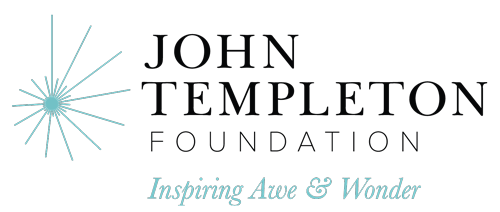
Preaching with Sciences

Edward Foley, Capuchin
Duns Scotus Professor Emeritus of Spirituality
Professor of Liturgy and Music (retired)
Catholic Theological Union
Vice-Postulator, Cause of Blessed Solanus

